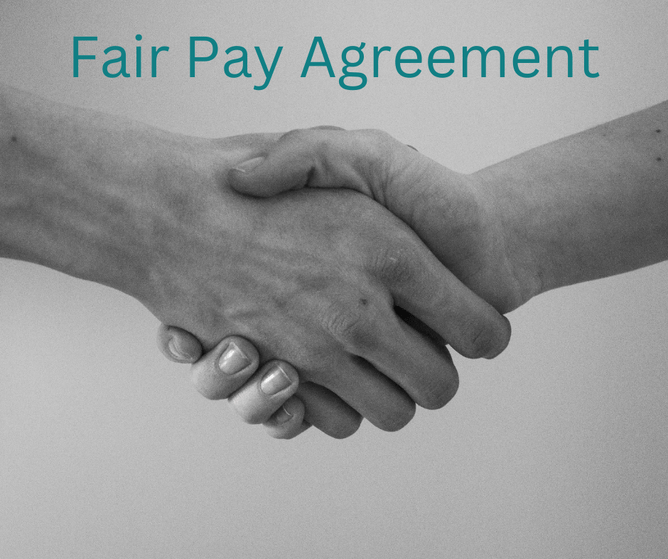What businesses need to know:
What do businesses need to do right now?
In a practical sense, there is nothing businesses need to do immediately to prepare for this change in employment relations.
What is going to happen?
Unions will be able to start sector-wide negotiations with employer associations to create mandatory agreements that set minimum terms and conditions for all employers in a sector, not just for a single employer. There could be multiple fair pay agreement processes across sectors.
Pre-requisite to Fair Pay Agreement (FPA)
To initiate bargaining, a union needs to apply for an order and meet either the public interest or representation test.
The representation test requires a union to demonstrate that either 10 percent of workers, or 1000 actual workers, in the relevant industry or occupation support the application to initiate bargaining.
The public interest test requires a union to demonstrate that a prescribed portion of employees who would be covered by the FPA:
- Receive low pay for their work and;
- Have little bargaining power, or a lack of pay progression or are not adequately paid having regard to things like working long and unsocial hours and having contractual uncertainty.
What could the agreements include?
Once a FPA process has been initiated, the bargaining parties will be required to agree on the following topics: base wage rates, ordinary work hours, overtime, and penalty rates. The detail is yet to be determined, but an example of what may be on the table for negotiation is additional pay rates for working outside of ‘ordinary work hours’ (early in the morning, past a certain time at night, or for working on a Saturday or Sunday).
Some other topics must be discussed but don’t have to be agreed, like redundancy, leave, and health and safety. Other employment terms can be included if the bargaining sides agree.
When will it happen?
The Unions will make a decision on timing. The coverage and scope for each sector is yet to be determined and is set by the union who triggers the process.
For more information click on the Employment NZ document below.
